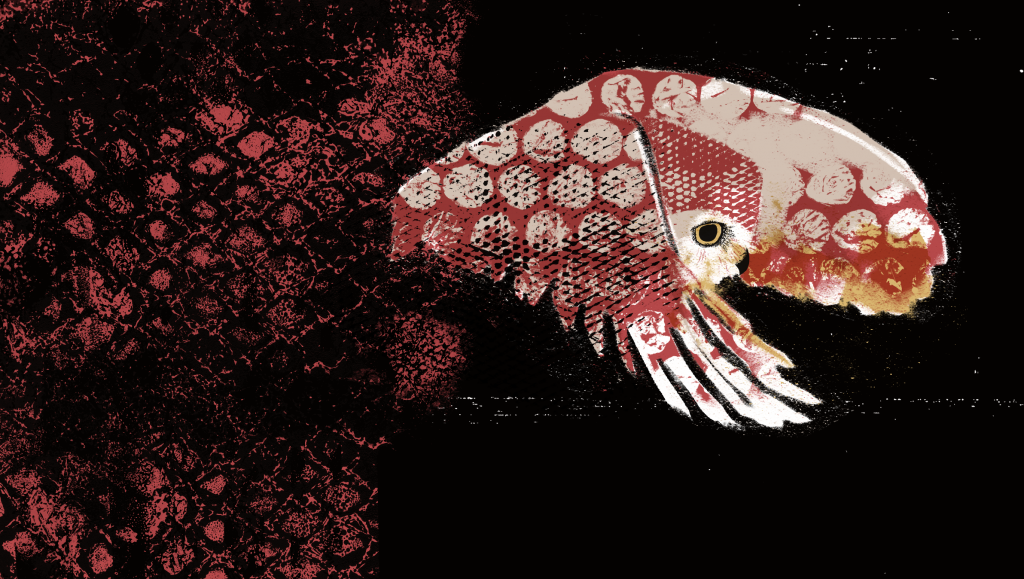The last year has seen an array of social movements across the world which have changed political and cultural landscapes, for better or worse. Conflicts over resources and ideologies, covering both urban and rural demographics have taken over headlines both overseas and at home. In this issue our authors have tried to capture the need for us all to stay informed of developments around us, especially in this so-called ‘post-truth’ era. Caitlin Kight reviews Andrea Wulf’s tribute to Alexander von Humboldt, once a household name but now forgotten by most. Making knowledge accessible to laymen has never been more critical and we would do well to imitate Humboldt’s efforts. KanchiKohli and Manju Menon lay bare the murky world of compensation for environmental damage. Clarice Wambua and Rose Birgen, describe the common tensions between large development activities and local community livelihoods through their case study from Hell’s Gate National Park in Kenya. Bharti Dharapuram interviews Harini Nagendra about the field of urban ecology and Harini’s work addressing Bangalore’s environmental woes. She also reviews Harini’s new book which traces Bangalore’s environmental history.
Issue editors: Marianne Manuel
Month: February 2017
donate
Conservation is for everyone, and we help you understand it.
DonateFill in the blank: One key word that should always send up a red flag to all of us who care about animals is “_______________”. . . . When I hear that word, I know for sure that there is some sort of hunting, fishing, trapping, etc., involved . . .
The correct answer is “conservation”. Conservationists, in their efforts to save the world’s species, sometimes, need to capture, translocate, cage, injure and even kill individual animals. Not surprisingly, these actions raise the hackles of animal rights and welfare groups – such as People for Ethical Treatment of Animals (PETA), from whose website1 the above lines were taken – whose aim is to protect the rights of every single individual animal. The articles in this edition of CC all deal with the thorny issue of animal rights in conservation: should we eradicate invasive animals from islands? How should we deal with stray dogs that attack wildlife in the Trans- Himalayas? Or feral horses that destroy natural vegetation in Australia? Do zoo animals have a role in conservation?
We are also happy to announce the launch of a Current Conservation children’s section, CCKids, from this edition onwards. More about this from our editors Matt, Ankila and Kalyani. Click here: CCKids
Issue Editor: Hari Sridhar
donate
Conservation is for everyone, and we help you understand it.
DonateIn the face of increasing evidence of climate change and pushed by massive public pressure, the world’s leaders finally came together in Paris in Dec 2015 and signed the first universal, legally binding global agreement on climate change. Unfortunately we’re already seeing countries ignoring the spirit of the Paris deal making it even more crucial for the public to remain engaged and for them to keep the pressure on their leaders. In his latest book ‘The Great Derangement: Climate Change and the Unthinkable’, Amitav Ghosh attempts to unpack the failure of literature and politics to grasp the enormity of climate change. Kartik Shanker talks to Ghosh about why literature and film have failed to accommodate climate change as part of our lives. In her book review, Rohini Nilekani highlights the ‘many rich threads’ that Ghosh weaves into his narrative.
Issue Editor: Marianne Manuel
donate
Conservation is for everyone, and we help you understand it.
DonateThis issue brings together old problems and new possibilities. First, the old. We interview Corey Bradshaw about that permanent elephant in the conservation room – human population growth. Corey argues, provocatively, that there are no “quick fixes” to population growth, and that therefore, conservation action will be better-served by focussing elsewhere in the near future. GBSNP Varma spotlights a Nature paper that examined threats faced by over 8000 species on the IUCN red list and found that agriculture and over-exploitation of species continue to remain the most important
drivers of biodiversity loss.
Now, for the new: Anjali Vaidya writes about the work of anthropologists Piers Locke and Paul Keil, who are trying to build a bridge between ethnography and ethology to better understand human-elephant interactions. Caitlin Kight discusses a project that’s using cameras to remotely monitor nests of the critically-endangered Californian Condor.
And of course, like always, this issue also features exciting new content in our old (and not-so-old) regulars: the second volume of CC Kids, a Research in Translation piece by Vrushal Pendharkar on why sparrowhawks come in different colour morphs, and reviews of Paolo Bacigalupi’ s novels by Caitlin Kight.
Issue Editors: Hari Sridhar
donate
Conservation is for everyone, and we help you understand it.
Donate




